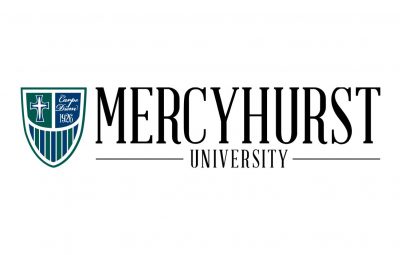The Pennsylvania state budget is the spending blueprint for each fiscal year. Governor Tom Wolf presented his budget request in March to the House and Senate. Soon after, the House and Senate Appropriations Committees hold public hearings on the budget. Next, both the House and the Senate introduce their versions of the budget; one of those bills will be chosen as the vehicle for the final budget bill, with amendments likely. Then a Conference Committee meets to iron out any differences between the House and Senate versions of the budget. Members of the House and Senate vote on this compromise budget and under the Pennsylvania constitution, final passage and the governor’s signature are required by June 30.
This year may be very different. The governor stated in April that he didn’t think they would meet the June 30 deadline. The governor and the General Assembly are worlds apart on budget numbers, taxation, new taxation and distribution of funds. Governor Wolf’s plan contains the largest spending increase in 25 years and, as a percentage, is one of the largest tax and spend packages ever presented to the General Assembly. The General Fund spending is projected to reach as high as $34 billion, a 16-percent increase. This is an obscene tax increase on Pennsylvanians and Pennsylvania business and it does not address or correct the underlying problems that have created Pennsylvania’s current economic state. The General Assembly has publically stated that they do not and will not support a tax increase such as this. The question is, what will the General Assembly’s budget look like and will the governor sign what is presented to him?
Governor Wolf’s budget creates new problems, rather than fixing the underlying problem. That problem is the public pension crisis. There should be no discussion of new taxes or revenue until the $50-billion public pension crisis has a clear and long-term solution — and that solution is not raising taxes to pay for an unsustainable, archaic and unfunded system. The current system will lead to increased tax burdens on the state’s residents and employers and continue to downgrade Pennsylvania’s economic climate. In addition, moving $1.7 billion in school pension payments to a new fund to make the increase in General Fund spending look smaller is nothing more than creative accounting; it looks good on paper, but the liability still exists. Substantive, long-term reforms need to be enacted today in order to protect the Commonwealth’s economic stability and competitiveness.
In addition, skyrocketing property tax increases that have well surpassed the rate of inflation are a direct result of the public pension crisis. There are several problems with Governor Wolf’s plan for property tax relief. First of all, it is not relief when personal and business taxes will increase dramatically. Governor Wolf’s claim that his budget will save homeowners more than $1,000 in 2017 is based solely on proposed property tax cuts and does not account for his proposed tax increases. This property tax relief plan fails because the proposed tax increases more than triples any tax relief, and local school districts can continue to raise property taxes. Additionally, tax increases would begin immediately, while property tax cuts would be more than one year removed. Lastly, this is not property tax elimination — only reduction.
The myth that funding for education was cut in the previous administration and that more funding for education is needed must end. Pennsylvania does not underfund education. Pennsylvania’s education spending is at an all-time high. Not only is the increased funding for education absurd but there is no rhyme or reason on how the money would be distributed and no clear proof that the money will be spent on learning, but rather to pay the largest line item in every school budget — pension, salaries and benefits.
If the General Assembly and the governor cannot agree on a budget, it may be a very long summer, with the June 30 deadline passing us right by.
















